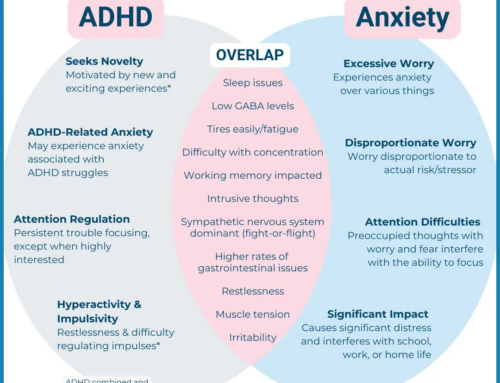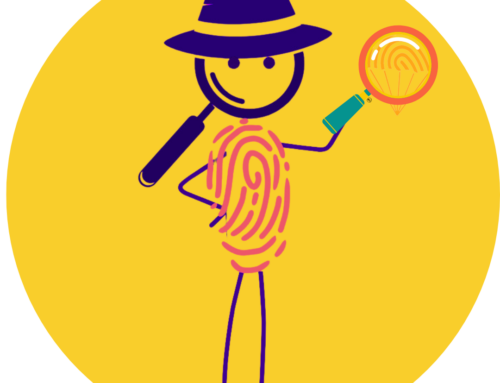Interpersonal neurobiology (IPNB) is like the brain’s social party planner, diving into how our relationships and interactions jazz up our brain development and happiness. This brainy mashup, developed in the 1990s by Dr. Daniel J. Siegal, Dr. Allan Schore, and Dr. Lou Cozolino is based on the idea that the brain and mind develop throughout life, and that relationships and social connections have a significant impact on mental health and neural functioning.
IPNB combines neuroscience, psychology, and social sciences to decode the mind-boggling links between our brains, minds, hearts, and connections. Understanding principles of IPBN can help parents, educators, and coaches turbocharge executive function skills to successfully build leadership skills in their learners.
The Foundations of Interpersonal Neurobiology
At its core, IPNB recognizes that our brains are constantly adapting and evolving through our interactions. This brainy concept, called neuroplasticity, showcases our brain’s incredible ability to change and grow throughout our lives.
A key IPNB ingredient is the “right brain-to-right brain” chit-chat, where nonverbal, emotional, and intuitive vibes flow between people. This fun interaction is super important, especially in early childhood but keeps grooving throughout life, shaping our emotional regulation, social skills, and mental health.
Applying IPNB Principles in Teaching and Coaching
Creating a Safe Space for Learning
Educators and coaches can sprinkle IPNB fairy dust by crafting a safe learning space where students thrive. Here’s how:
- Serve up consistent emotional support
- Dish out empathetic responses to student needs
- Foster open chats and active listening
With this cozy foundation, students can take bold leaps, explore new ideas, and unleash their inner leaders!
Promoting Interpersonal Synchrony
Interpersonal synchrony—where minds and bodies groove in harmony—fuels learning and skill development. Teachers and coaches can spark this magic by:
- Diving into face-to-face interactions
- Using mirroring tricks to build connections
- Leading group activities that demand teamwork
These tactics not only tighten the bond between students and mentors but also sharpen students’ interpersonal skills—crucial for rising leaders!
Boosting Executive Function Skills
Executive function skills—like planning, organizing, and self-regulating—are the secret sauce for academic success and leadership growth. IPNB offers some golden nuggets for nurturing these skills:
Mindfulness Moves
Integrating mindfulness into daily routines helps students develop self-awareness and emotional balance, giving a boost to their brain’s executive function HQ
.
Scaffolded Learning Adventures
Educators can craft learning experiences that gradually ramp up in challenge, allowing students to level up their executive skills over time, aligning perfectly with IPNB’s experience-dependent neuroplasticity.
Reflective Practices
Urging students to reflect on their thoughts, feelings, and actions reinforces those brainy pathways tied to executive function. Journals, group chats, or one-on-one coaching can do the trick!
Building Leadership Skills Through IPNB
By blending IPNB principles with executive function training, educators can create a powerhouse for leadership skills:
Emotional Intelligence
IPNB highlights the importance of being emotionally savvy. Teachers can help students flex this muscle by:
- Showcasing emotional intelligence in their own interactions
- Creating chances for students to practice managing their emotions
- Discussing how emotions impact effective leadership
Interpersonal Effectiveness
Strong social skills are a must for leaders. IPNB practices can supercharge these abilities by:
- Encouraging perspective-taking fun
- Facilitating group problem-solving challenges
- Teaching active listening and communication wizardry
Adaptive Decision-Making
Boosting executive function skills empowers students to make thoughtful, adaptive choices—a must-have for any leader. Educators can help by:
- Presenting real-world scenarios for critical thinking
- Urging students to consider various viewpoints and outcomes
- Offering chances for students to lead projects and initiatives
Conclusion
Interpersonal neurobiology is a treasure trove for understanding how our brains grow and groove in connection with others. By weaving IPNB principles into their teaching and coaching, educators can create vibrant learning spaces that not only sharpen executive skills but also nurture the leaders of tomorrow.
As we dive deeper into this thrilling intersection of neuroscience and education, the potential for transformative learning experiences shines bright, paving the way for more effective and empathetic leadership in the future!
Yours in the Journey,
Cara
Citations:
[1] https://www.ncbi.nlm.nih.gov/pmc/articles/PMC9897608/
[2] https://www.semanticscholar.org/paper/26a00d08873bf09e01af28ecf557a063e44f0324
[3] https://www.semanticscholar.org/paper/bdd571ea1c439711b13872e0a2abdc2633c929ea
[4] https://www.ncbi.nlm.nih.gov/pmc/articles/PMC8093784/
[5] https://www.semanticscholar.org/paper/c6b15a1124b8f53853e105a762c6802fc38853ac
[6] https://www.semanticscholar.org/paper/3a10c072d233790bdd64b69b59a7d4372be0d24d
[7] https://www.semanticscholar.org/paper/e27f9b349cd9605b3e5e60841b6b8455725cb768
[8] https://pubmed.ncbi.nlm.nih.gov/36641012/







